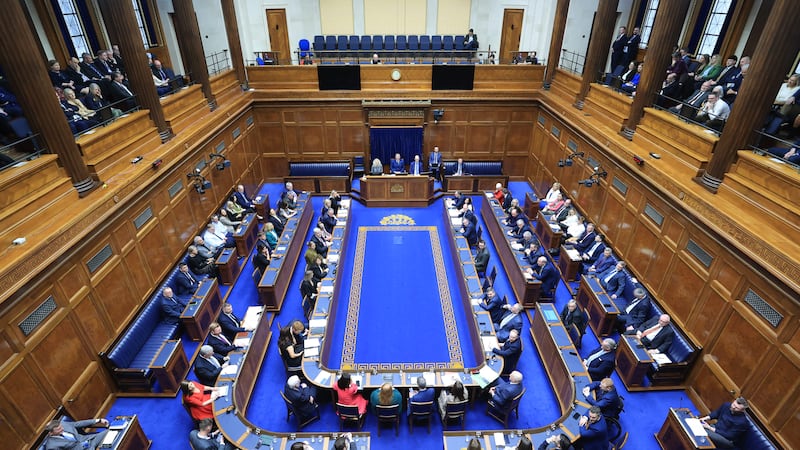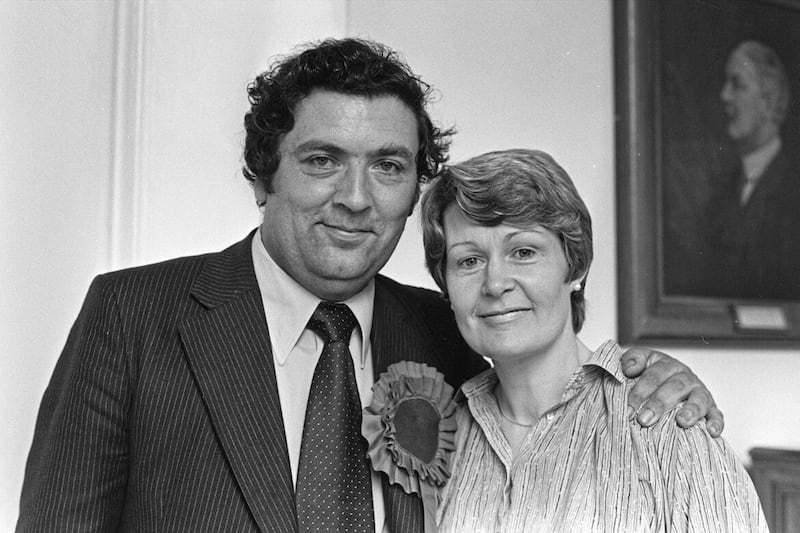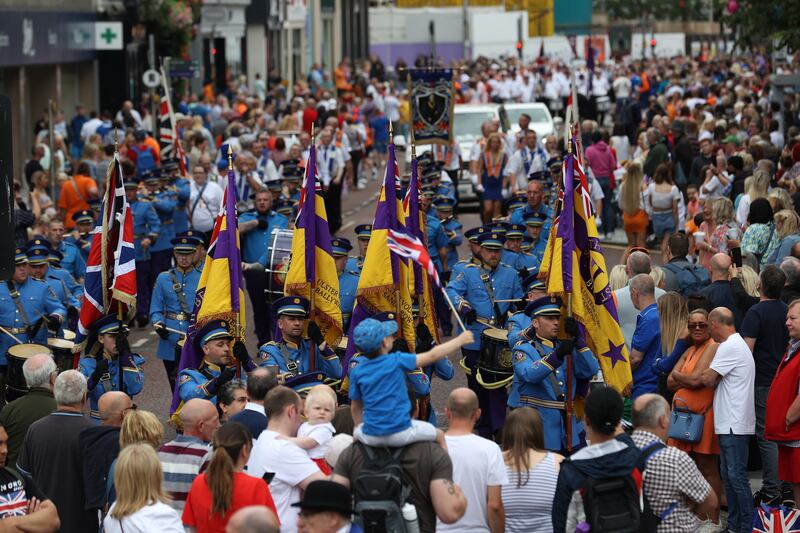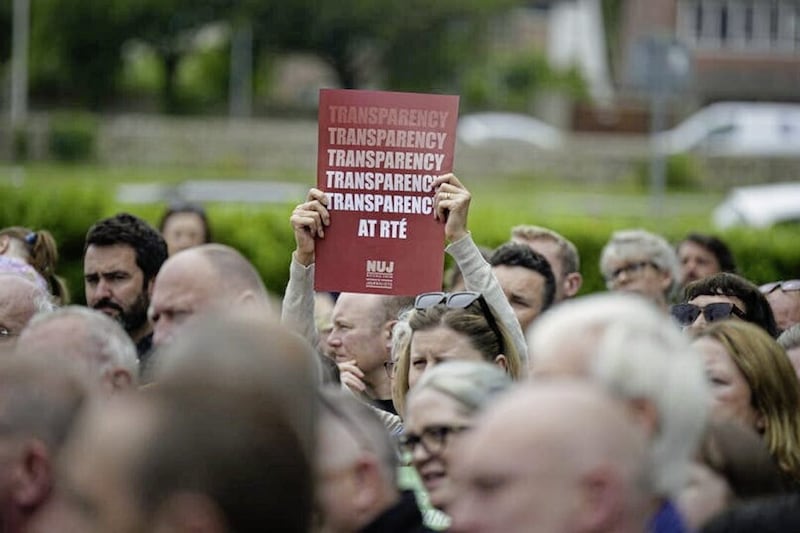WITH Irish government support, talented colleagues and John Hume’s ‘transcendence’ of Northern Ireland, the SDLP punched above its weight.
Then, thanks in very large part to Hume, Sinn Féin supplanted it.
The most positive interpretation is that his party declined because many saw that its leader had accomplished a mission of inclusion and participation as the path to peace.
Colum Eastwood will do well to fix the SDLP on a course to survive Brexit and have a say on the shape of a new Ireland.
Articulate and personable, he can give the impression that he lacks a centre of gravity.
Read More:
- SDLP at 50: Austin Currie recalls birth of new political force
- Analysis: The SDLP anchored nationalism to realistic outcomes PREMIUM
Lunging at a vague relationship with Fianna Fáil has brought the party no noticeable benefit, even now that the FF leader is taoiseach.
Eastwood’s recapture of ‘Hume’s seat’ and Claire Hanna’s victory in South Belfast owed nothing to the FF gambit.
The election that brought the SDLP back to Westminster and disappointed Sinn Féin in spite of their North Belfast success is hard to read as pointer for the future.
Nichola Mallon seems a diligent minister in a messy Stormont. The SDLP MPs sound more like sparky individuals than team-mates.
During its first three decades, observers - friendly and less so - often wondered how a rickety organisation fronted up by individualists could survive but the new party made an impact.
Many civil rights supporters backed it while others, watching Stormont rely on the RUC then the British army, followed the ‘physical force’ tradition and supported the IRA’s violence.
Northern nationalists had been silenced and demoralised but would not again be easily ignored.
There was pride in the articulacy on radio and television of Hume, Austin Currie, Seamus Mallon, Paddy O’Hanlon and Bríd Rodgers, adept broadcaster in Irish and English.
The SDLP took on a wider role as it became steadily more identified with opposition to the IRA.
Dublin government circles came to see them as their northern representatives, a notion cherished by leading party figures, while Hume insisted that they keep lines equally open to the main Dáil parties.
The Troubles ground on, the human cost of violence and imprisonment took its toll, talented people shunned politics.
The disaster of internment recruited for the IRA and made the SDLP look powerless.
SDLP standard-bearers were slurred with the traditional anti-politics accusation of ‘being in it for themselves’. The ‘Stoops’ was a vindictive nickname.
Political stalemate left both Catholics and Protestants stumped. While Hume preached equality and respect for difference, the Reverend Ian Paisley preached fear and told Protestants to ‘come ye out and be ye separate’.
Loyalist paramilitary muscle in tandem with the unionist parties sabotaged the mirage of 1974 power-sharing.
There were long hard years for the SDLP, and then came the hunger strikes and the emergence of an energised Sinn Féin, no longer a minor IRA mouthpiece.
The argument constructed by Hume with Garret FitzGerald in particular that nationalists must convince unionists they could be accommodated in a new, agreed Ireland has already travelled a long road.
An imperfect peace followed by Brexit leaves a fluid situation, full of possibility.
The party which now represents the greater number of northern nationalists is seen by successive Irish governments as an enemy but may be on course for government itself.
The SDLP, worn but tenacious, rumours of its demise much exaggerated, is still here.
True to his teacherly reliance on examples, John Hume’s so recent funeral was a choreographed demonstration of civic spirit and care for others - unlike Sinn Féin’s apparent determination at the Bobby Storey funeral to be true only to the IRA.








